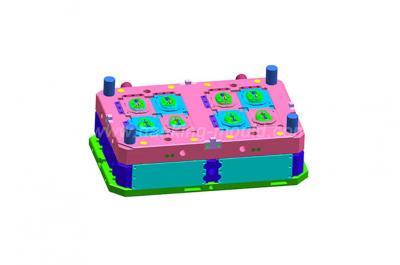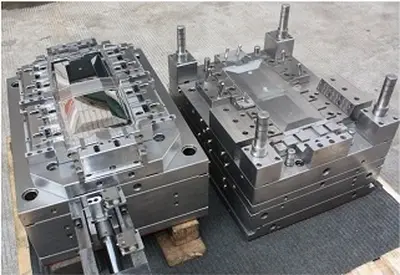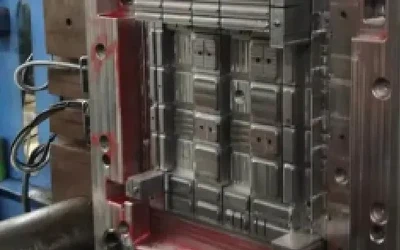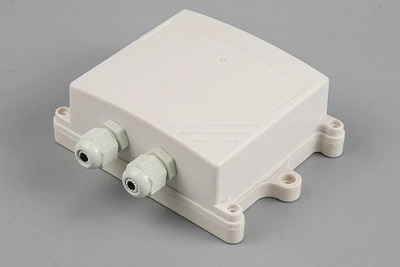

1. The vented injection machine used for degassing injection moulding is equipped with an exhaust port in the middle of the barrel, which is also connected to the vacuum system. When the plastic is plasticized, the vacuum pump can draw the water vapor, monomer, volatile substances and air in the plastic through the exhaust port; the raw materials do not need to be pre-dried, thereby improving production efficiency and product quality. It is especially suitable for moulding materials that are easy to absorb moisture such as polycarbonate, nylon, plexiglass, cellulose and so on.
2. Ordinary moving screw injection machine is suitable for the flow injection moulding. That is, the plastic is continuously plasticized and squeezed into the mould cavity with a certain temperature. When the plastic is filled into the mould cavity, the screw stops rotating. By the thrust of the screw, the material in the mould is kept under pressure for a proper time, and then cooled and shaped. The flow injection moulding overcomes the equipment limitation of producing large-scale products, and the quality of the parts can exceed the maximum injection volume of the injection machine. Its characteristic is that the plasticized objects are not stored in the barrel, but are constantly squeezed into the mould, so it is a method of combining extrusion and injection.
3. There is no split channel in the mould, and the extension nozzle of the injection machine directly divides the molten material into each mould cavity. When injecting, the plastic in the flow channel maintains a molten flow state, and does not come out with the product during demoulding, so the part has no flow channel residue. This moulding method not only saves raw materials and lowers costs, but also reduces procedure, and can achieve fully automatic production.
4. The principle of reaction injection moulding is that the reaction raw materials are metered by a metering device and then pumped into the mixing head, collided and mixed in the mixing head, and then injected into the closed mould at high speed. After that, they need to be quickly cured, demoulded and taken out. It is suitable for processing some thermosetting plastics and elastomers such as polyurethane, epoxy resin, unsaturated polyester resin, silicone resin, alkyd resin and so on.
5. Granular or agglomerate thermosetting plastics are plasticized into a viscoplastic state by the action of a screw in a strictly controlled temperature barrel. Under a higher injection pressure, the materials enter the mould with a certain temperature range for cross-linking and solidity. Thermosetting plastic injection moulding has chemical changes in addition to physical changes. Therefore, compared with thermoplastic injection moulding, there is a big difference in moulding equipment and processing technology.
HanKing Mould is one of the representatives of the China mould company. Welcome to consult and purchase!






 Call us on:
Call us on:  Email Us:
Email Us:  1st Floor, Block1, No.3 Beiting Road, Houting Community, ShaJing Street, Bao'An District, Shenzhen City, Guangdong Province, China
1st Floor, Block1, No.3 Beiting Road, Houting Community, ShaJing Street, Bao'An District, Shenzhen City, Guangdong Province, China